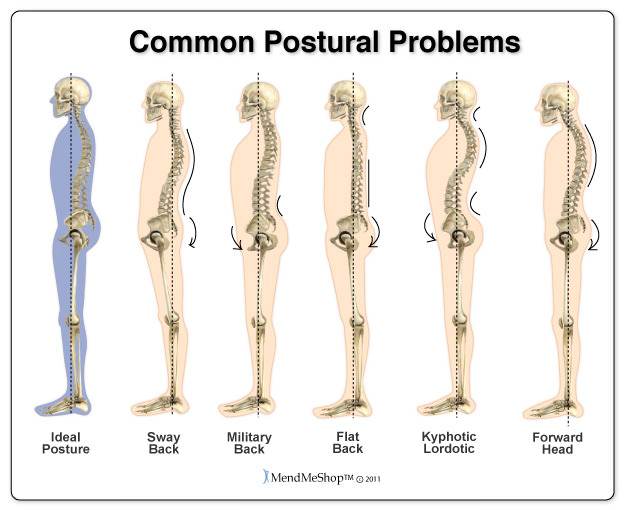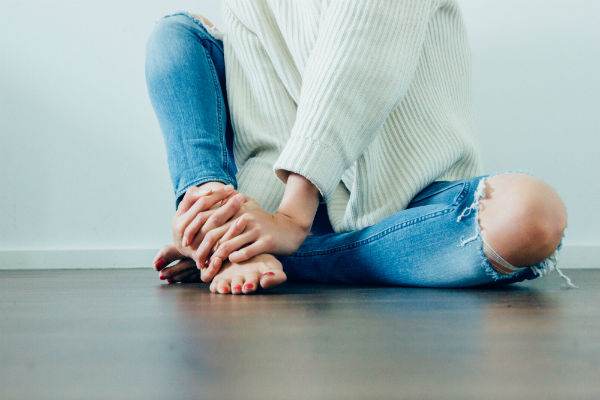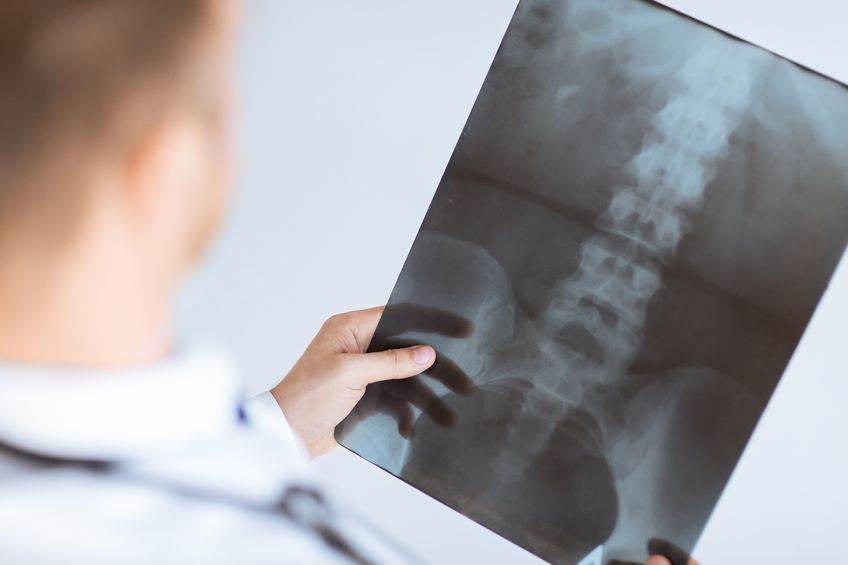How To Improve Posture: A Guide To Alleviate Neck Pain
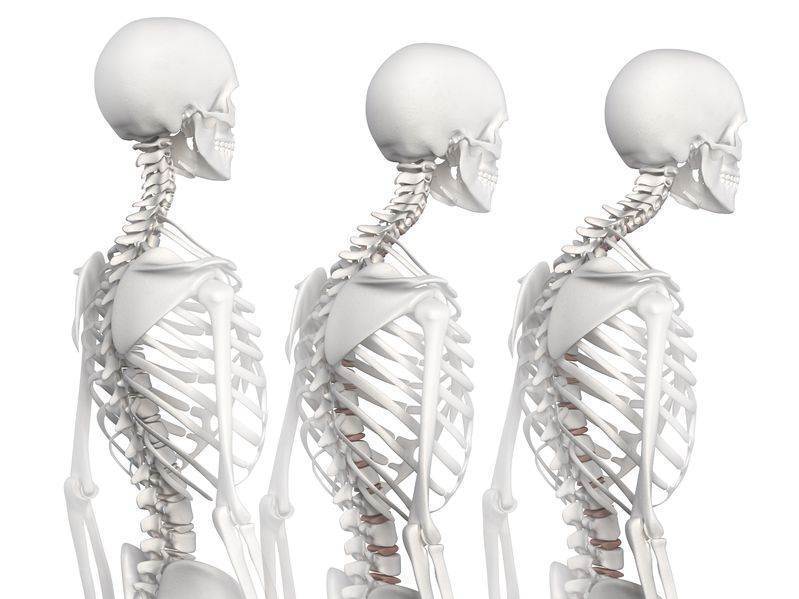
How to Improve posture, especially for those experiencing neck pain, stiffness, and headaches due to a rounded upper back, is crucial for overall well-being and confidence. This guide outlines effective strategies to address the common issue of a rounded upper back prevalent in today’s sedentary lifestyle.
Understanding the Cause: Muscle Imbalance
A rounded upper back often stems from muscle imbalance, with chest muscles being overly tight and the muscles along the spine too weak.
Stretching and Strengthing Is The Answer: How To Improve Posture
1. Stretching the Chest Muscle
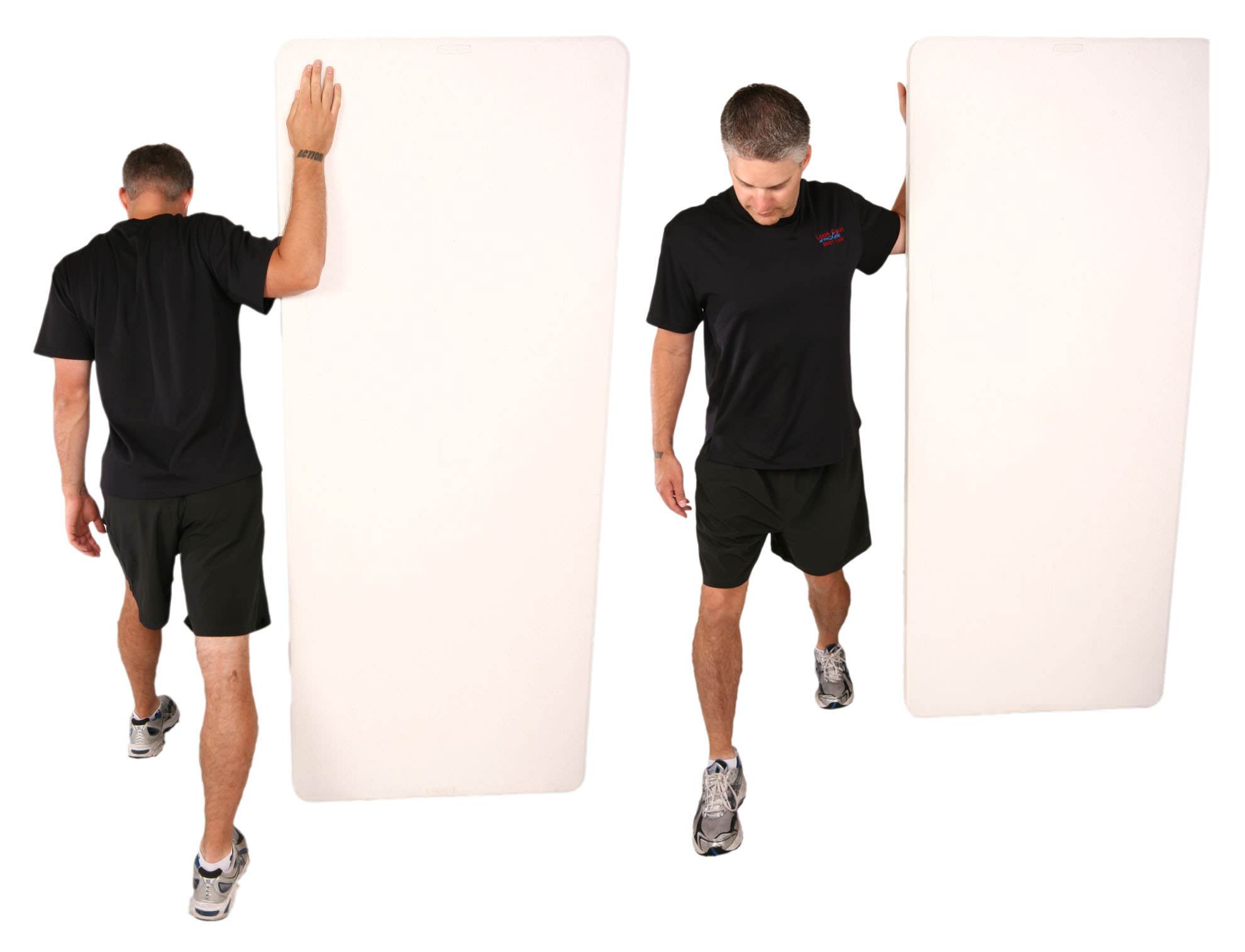
Pectoralis Minor Stretch
- Stand at a corner or doorway opening with your arm at shoulder height.
- Step forward.
- Rotate your body away if you don’t feel a stretch.
- Stretch for 30-60 seconds 3 times.
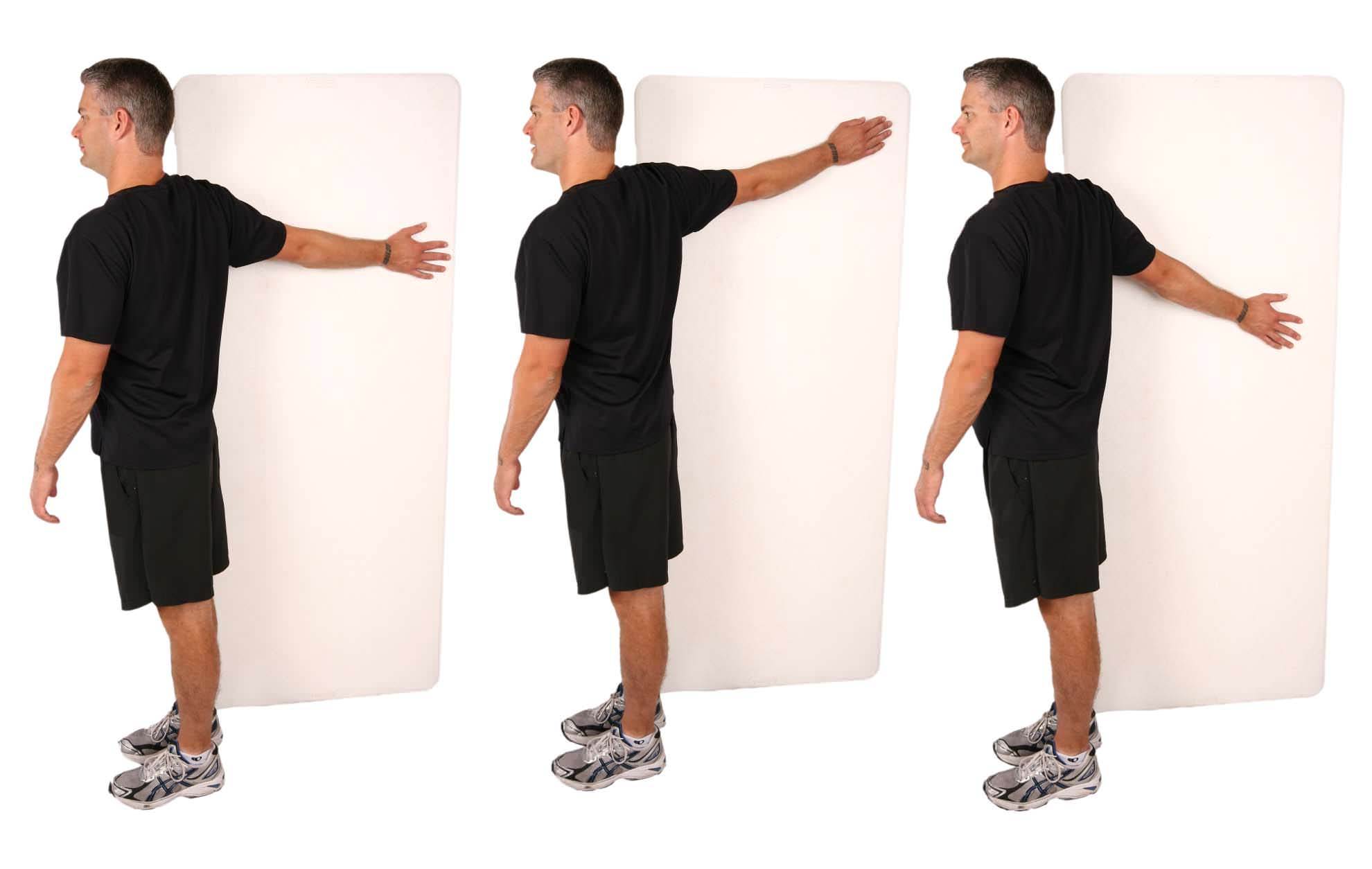
Pectoralis Major Stretch
- Stand next to the wall and extend your arm back.
- Rotate your body away from the wall.
- Stretch for 30 -60 seconds 3 times.
See Also: The 5 Best Exercises For Your Stiff Neck
2. Strengthening the Upper Back: How To Improve Posture
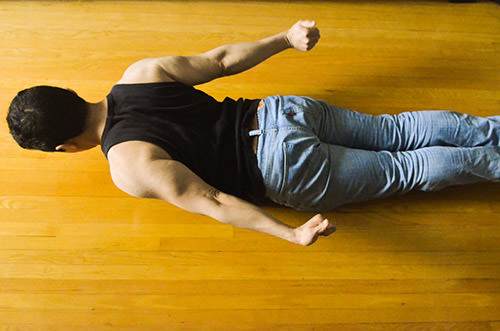
- Lie facedown on the floor.
- Contract your gluteus maximus (butt muscles) and raise your chest and arms off the floor.
- Point your thumbs toward the ceiling.
- Bring your shoulder blades together with a hard contraction, while pushing them toward your tailbone.
- Hold for 10 seconds 3 times. Work your way up to a total time of 60 seconds without rest.
3. Stretching Upper Back Ligaments: How To Improve Posture
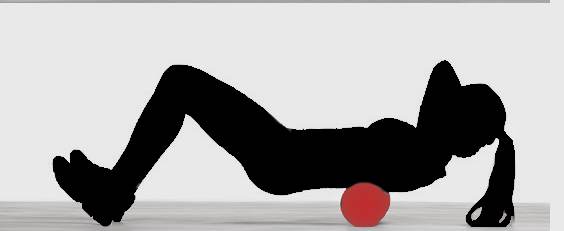
Foam roll extensions are a simple yet effective exercise designed to improve thoracic spine mobility and alleviate upper back stiffness. Here’s a brief guide on how to perform this exercise:
- Position the Foam Roller: Lie down on your back with a foam roller positioned underneath your upper back, near the shoulder blades.
- Support Your Head: Interlace your fingers behind your head to support your neck.
- Bend Your Knees: Keep your feet flat on the floor, knees bent, to stabilize your lower body.
- Extend Over the Roller: Gently extend over the roller for a deeper stretch for 5 seconds
Performing foam roll extensions regularly can help reduce tension, increase spinal flexibility, and improve overall posture.
Routine: Perform these exercises four times a week, incorporating a “Wall Posture Check” before and after stretches to monitor progress.
Wall Posture Check: How To Improve Posture
Correct Posture Should Be
- Touching the wall at the: Hips, Shoulder blades, back of your head.
- Your flattened hand should just fit between your lower back and the wall.
- Your head should touch the wall flat without having to extend your neck backwards. In other words, your nose should not move up or down so you can reach the wall with the back of your head.
Identifying Your Posture Type:
- Recognize patterns like Kypholordotic, Sway Back, or Forward Head posture. Regular exercise can lead to improvements.
Tracking Progress:
- Share your progress and experiences with these exercises by sending photos or comments. Your feedback is valued and contributes to a community of individuals dedicated to improving their posture.
Conclusion:
By dedicating time each week to stretch and strengthen key muscle groups, you can significantly improve your posture, reduce discomfort, and boost your confidence. Remember, consistency is key to seeing changes, and engaging with a community can provide additional support and motivation.
Tell us what you think in the comments below and like us on Facebook. I will answer all questions in the comments section here at this downtown Toronto Chiropractic clinic.
